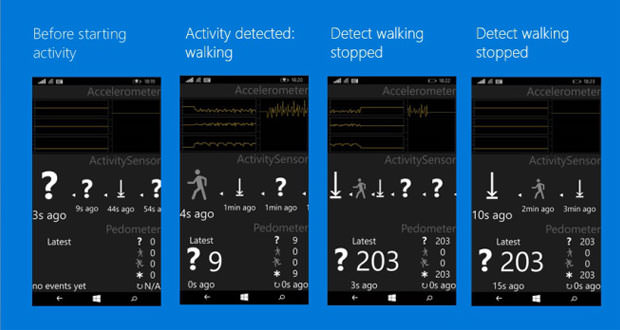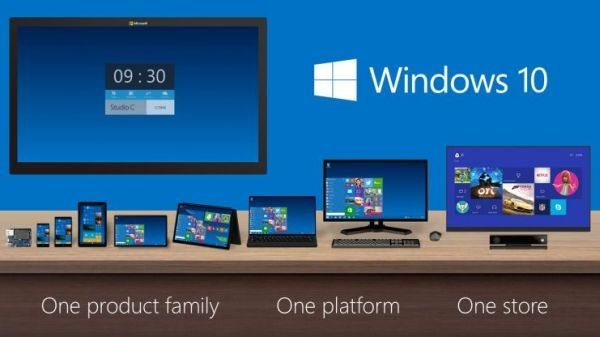The new smartphone with Windows 10 for Phones integrate standard operating system functions that allow you to manage parameters related to the user’s health. Microsoft also works with Windows 10 for the Internet of Things.
The Windows 10 platform for smartphones, that in slang called Windows 10 for Phones, integrate standard features that allow you to manage parameters concerning the user’s health. On paper, these features seem similar to those already built into iOS (in particular the framework HealthKit). The site NokiaPowerUser shows a slide shown during the presentation WinHEC which shows the ability to enable communication app for health and fitness by measuring, for example, through dedicated sensors, heartbeat. From what understand Microsoft is working or collaborating on app dedicated to joggers and other activities.
The activity data will be stored in personal archives accessing, which will monitor its performance. A dedicated sensor will be able to tell if the phone is in your pocket or not; other sensors provided in devices with Windows 10 for Phones are: barometer, proximity, pedometer, ambient light, and others. The minimum requirements of smartphones to use Windows 10 for Phones are: 2.3.1 firmware with UEFI Secure Boot and active, at least 512 MB of memory, storage unit 4 GB (to use devices with 4GB of storage is critical to an SD card).
Microsoft has also recently announced that it will offer versions of Windows for IoT devices with the name ” Windows 10 IoT “, the initials of the Internet of Things. Windows 10 IoT will provide a single platform with universal applications and models of drivers for various devices, from the controller to a small footprint, such as a gateway IoT, to devices such as ATMs and industrial robotics. The multinational Redmond says that Windows 10 IoT will offer a higher level of security from the device to the cloud and connectivity native machine-to-machine and machine-to-cloud, leveraging service’s Azure IoT.


